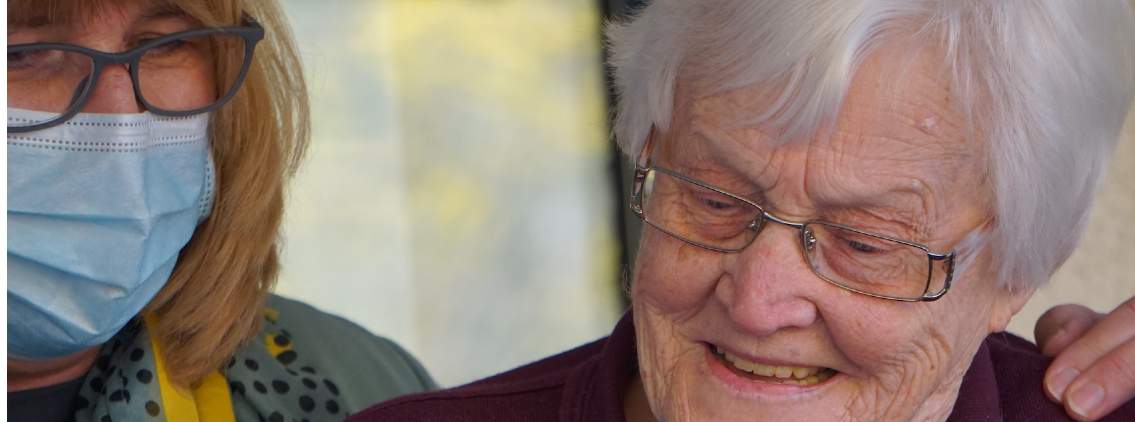Given that many public bodies and institutions are looking to invest in the care home sector but questioning the current model in place, we expect new concepts will continue to emerge from the Covid-19 crisis. The main frontrunners so far are:
Colocation model
Last year, Korian, a European leader in care homes, acquired 70 per cent of Ages & Vie, a private institution specialising in small facilities for the elderly. They are usually a two-storey house for up to eight residents, often located in rural areas close to where residents previously lived.
Residents have their own studio with a bathroom and a small terrace on the ground floor, alongside a communal kitchen opening up to a living room and dining room, as well as a garden. Care personnel and their families, meanwhile, live on the first floor.
Korian is planning to develop the concept by building 200 such residences in France over the next six years, up from 30 today, and expanding the model into Germany, Belgium and Italy. While this is a relatively new model in western Europe this concept has been developed successfully in the UK.
Care home vs home care
OECD figures on long-term care (LTC) recipients amongst the elderly show a growing trend towards home care. On average in Europe, the share of the population aged 65 or above receiving LTC at home increased from 65 per cent to 72 per cent over the past 10-15 years.
There are several reasons for this rise. The first is sociological as leaving home can be disruptive and distressing. The second is financial: home-based solutions are less expensive for the taxpayer. The third reason is technological advancements, including better monitoring and instant communication with health carers.
As a result, operators are increasingly looking to increase offering both care home and home care services.
Managing elderly care offering
The three major European care operators have recently expanded their offers, increasingly including senior housing residences on the same sites as their care homes. As opposed to care homes, senior housing doesn’t provide 24/7 nursing.
In countries such as Germany, Belgium, Finland and Portugal, the two types of residences are often combined within the same complex. The model allows for both non-care and care-intensive residential solutions as residents’ needs change over time.
At the other end of the spectrum, in France, the success of senior housing deeply relies on the distinction between the types of residences, with the senior housing concept promoting the image of independent elderly people.
While there are cultural differences, we expect the two models will increasingly be mixed, driven by expansion and M&A strategies between care home and senior housing operators. In June, Korian bought Les Essentielles in France, a portfolio of 11 senior housing residences, while a few years ago, Orpea and DomusVie started developing new senior housing brands (France Senior and Templitudes respectively).
In a few years’ time, we expect the care home model to have moved on considerably from the status quo, further developing the trends we’re seeing today in terms of adaptability, reducing residents’ need to move and streamlining processes for the operator.


.jpg)



.jpg)
.jpg)
.jpg)

